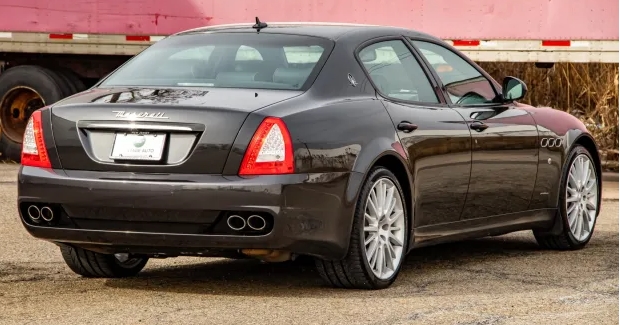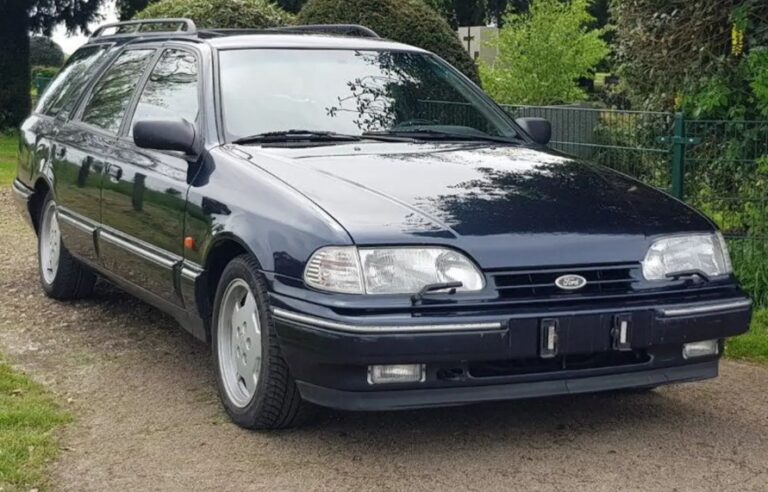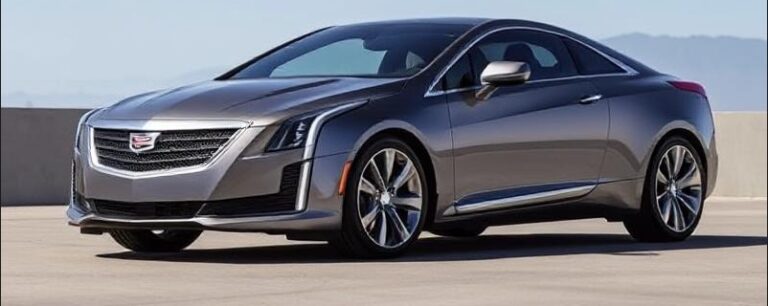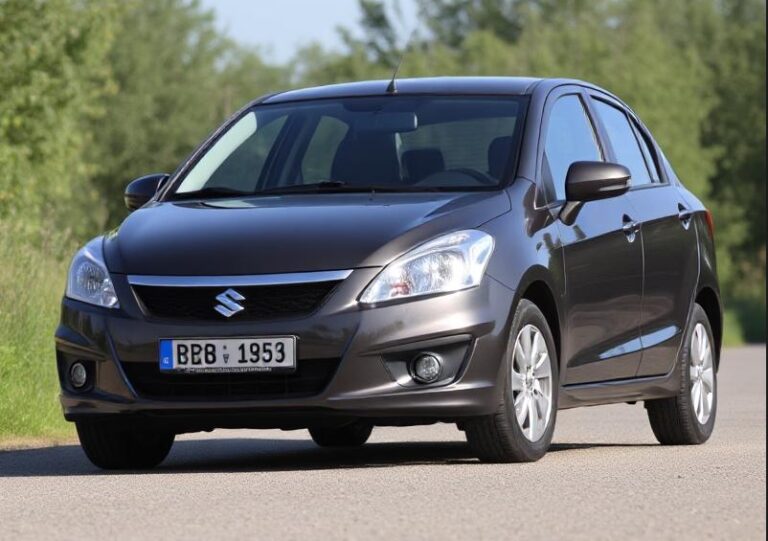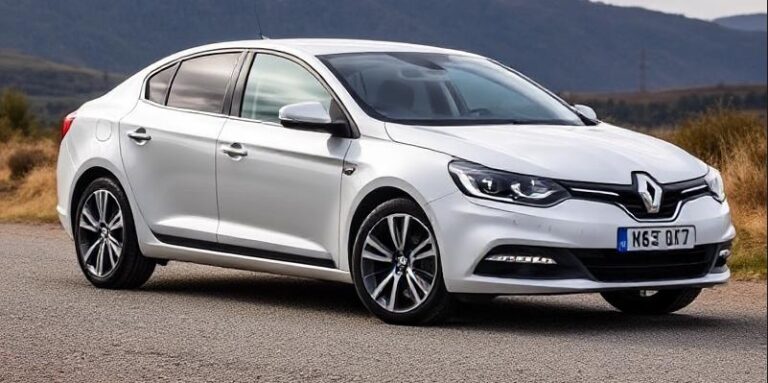The Evolution of the Maserati Quattroporte
The Maserati Quattroporte stands as one of the most iconic luxury sedans in automotive history. With its roots dating back to the early 1960s, the model has undergone numerous transformations, reflecting advances in engineering, design, and luxury standards. This article provides a detailed, factual overview of the Quattroporte’s evolution, including production years, models, and trim levels throughout its history.
Origins and First Generation (1963–1978)
Introduction and Development
- First Generation (Tipo AM107): Maserati introduced the Quattroporte in 1963, aiming to create a luxurious, high-performance sedan that combined Italian flair with practical comfort. Designed by Pietro Frua, the initial model was built on a chassis shared with the Maserati Sebring convertible, emphasizing sporty performance.
Production and Specifications
- Years Produced: 1963–1978
- Engine Options:
- 4.1-liter V8 (initially producing approximately 247 horsepower)
- 4.7-liter V8 (introduced later, boosting power to around 290 horsepower)
- Transmission: 5-speed manual as standard; a 3-speed Borg-Warner automatic was available in later years.
- Body Style: 4-door sedan with a classic, elegant design.
Models and Trims
- The first-generation Quattroporte was relatively straightforward, with few trim distinctions. It was primarily offered as a single, high-performance luxury sedan, with optional features such as leather upholstery, air conditioning, and power windows.
Notable Features
- Front-engine, rear-wheel-drive layout
- Noted for its sporty handling and luxurious interior
- Limited production, with approximately 2,200 units made during its lifespan
Second Generation (1979–1990)
Development and Design
- Second Generation (Tipo AM123): After a hiatus, Maserati revived the Quattroporte in 1979, largely based on the Maserati Biturbo platform. Designed by Giugiaro at Italdesign, this model had a more angular, modern aesthetic.
Production and Specifications
- Years Produced: 1979–1990
- Engine Options:
- 2.0-liter twin-turbo V6 (Biturbo engine, approx. 180 horsepower)
- Later models featured a 2.8-liter twin-turbo V6 (around 200 horsepower)
- The final models (1990) introduced a 4.9-liter V8, derived from the Maserati Shamal, producing around 300 horsepower.
- Transmission: 5-speed manual or 3-speed automatic, depending on the market and model year.
- Body Style: 4-door sedan with a more contemporary design.
Models and Trims
- The second-generation Quattroporte was available in several trim levels, often differentiated by equipment and luxury features:
- Base Model: Focused on sporty performance with minimal luxury extras.
- Silver Anniversary Edition (1987): Marked the 25th anniversary of the Quattroporte, featuring special badging, unique paint options, and additional luxury features.
- Turbos: The twin-turbo versions were distinguished by their performance focus.
Notable Features
- Introduction of turbocharged engines improved performance significantly.
- The model was appreciated for its blend of sportiness and luxury, though it was less refined compared to later iterations.
- Production volume was around 2,600 units.
Third Generation (1994–2001)
Revival and Modernization
- Third Generation (Tipo AM337): Maserati reintroduced the Quattroporte in 1994, marking a significant shift towards a more luxurious, refined sedan. Designed by Marcello Gandini, this generation emphasized comfort and sophistication.
Production and Specifications
- Years Produced: 1994–2001
- Engine Options:
- 2.8-liter twin-turbo V6 (285 horsepower)
- 4.2-liter V8 (400 horsepower, introduced in 1998)
- Transmission: 5-speed manual or 4-speed automatic (later 6-speed manuals were considered but not widely produced)
- Body Style: 4-door sedan
Models and Trims
- The third-generation Quattroporte was offered in multiple trims:
- Standard: The baseline luxury model with extensive leather, wood trim, and modern amenities.
- Executive: Featuring upgraded interior materials, additional luxury features, and sometimes a longer wheelbase for increased rear-seat comfort.
- V8 Version: The 4.2-liter V8 was the pinnacle of this generation, emphasizing performance alongside luxury.
Notable Features
- Advanced suspension systems for improved ride quality.
- Introduction of more modern safety features, including anti-lock brakes and airbags.
- Limited editions such as the Quattroporte Evoluzione featured unique styling cues and equipment packages.
Production Volume: Approximately 2,300 units.
Fourth Generation (2003–2012)
A New Era of Luxury and Performance
- Fourth Generation (Tipo M139): Launched in 2003, this model represented a complete redesign, built on a Ferrari-derived platform. It marked Maserati’s return to the high-end luxury sedan segment with a focus on craftsmanship, performance, and modern technology.
Production and Specifications
- Years Produced: 2003–2012
- Engine Options:
- 4.2-liter V8 (400 horsepower)
- 4.7-liter V8 (440 horsepower, introduced around 2007)
- 4.2-liter twin-turbo V8 (in some markets, producing up to 430 horsepower)
- Diesel variants (in some markets, notably Europe), such as a 4.2-liter V6 Turbo Diesel
- Transmission: 6-speed automated manual (Cambiocorsa), later replaced by a six-speed automatic in some models.
- Body Style: 4-door sedan
Models and Trim Levels
- The fourth-generation Quattroporte was offered in various trims, often distinguished by performance and luxury features:
- Standard: Equipped with the 4.2-liter V8, leather interior, and modern infotainment.
- Executive GT: Larger rear door windows, extended wheelbase, and enhanced rear-seat comfort.
- Sport GT: Focused on performance with sportier suspension tuning and sometimes additional styling cues.
- Autofit and Sport Packages: Optional packages that included upgraded wheels, sport exhausts, and interior trims.
Special Editions and Variants
- Quattroporte Sport GT (2007–2008): A more performance-oriented variant with a 4.7-liter V8 producing 440 horsepower, sportier suspension, and unique styling elements.
- QP GTS (2008–2012): An even more aggressive version with enhanced performance and styling cues.
Notable Features
- Introduction of advanced safety features, navigation systems, and multimedia interfaces.
- The model was praised for its combination of luxury, sporty handling, and Italian styling.
- Production volume approximately 8,000 units, reflecting its commercial success.
Fifth Generation (2013–Present)
Modern Luxury and Technological Innovation
- Fifth Generation (Tipo M156): Launched in 2013, the new Quattroporte was developed with significant input from Ferrari, sharing a platform with the Ferrari FF. It marked a transition into the modern era with a focus on technology, comfort, and performance.
Production and Specifications
- Years Produced: 2013–present (as of October 2023)
- Engine Options:
- 3.0-liter twin-turbo V6 (mainstream models, 404–424 horsepower)
- 3.8-liter twin-turbo V8 (Ferrari-built, 523 horsepower in the GTS)
- Hybrid and future electric variants announced
- Transmission: 8-speed ZF automatic transmission
- Body Style: 4-door luxury sedan
Models and Trim Levels
- The current lineup includes:
- Quattroporte S Q4: All-wheel drive variant equipped with a turbocharged V6.
- Quattroporte GTS: Top-tier model with a 3.8-liter twin-turbo V8, sport-tuned suspension, and aggressive styling.
- Trofeo (announced): A high-performance version with over 610 horsepower, expected to be the most powerful Quattroporte to date.
- Hybrid/EV variants: Announced plans for electrification, underscoring Maserati’s move towards sustainable luxury.
Special Editions and Packages
- Night Edition: Featuring blacked-out styling elements.
- Rhodium Edition: Limited models with unique badging and luxurious interior trims.
- Autonomous and Safety Features: Advanced driver-assistance systems, adaptive cruise control, and semi-autonomous driving capabilities.
Current Status
- The fifth-generation Quattroporte remains in production, continually refined with technological advancements, and remains a flagship for Maserati’s luxury and performance philosophy.
Summary of Key Milestones
| Generation | Years Produced | Notable Models/Trim Levels | Engine Types | Key Features |
|---|---|---|---|---|
| 1st | 1963–1978 | Standard, Special Editions | 4.1L V8, 4.7L V8 | Classic design, sporty luxury |
| 2nd | 1979–1990 | Base, Silver Anniversary, Turbo | Twin-turbo V6, 4.9L V8 | Turbocharged performance |
| 3rd | 1994–2001 | Standard, Executive, V8 | 2.8L turbo, 4.2L V8 | Modern luxury, safety tech |
| 4th | 2003–2012 | Standard, Sport GT, GTS | 4.2L, 4.7L V8 | High-tech, performance focus |
| 5th | 2013–present | S Q4, GTS, Trofeo | V6, V8, hybrid | Ultimate luxury, advanced tech |
We LOVE cars & cruising around, but sometimes day trips to explore new cities are required (with family or friends) for a spice of variety in your life!
So GO explore!
Cruises & Day/Night City Tours to: Baltimore, Boston, Chicago, Marina Del Ray, New York, Niagara, Philadelphia, San Diego, San Francisco, Toronto, Washington DC, etc.:

.
Conclusion
The Maserati Quattroporte has evolved from a handcrafted, sporty luxury sedan into a sophisticated, technologically advanced flagship that embodies Italian craftsmanship, luxury, and performance. Its history spans over six decades, during which it has consistently adapted to changing automotive landscapes, incorporating new technologies, design philosophies, and engine innovations.
From its inception in the 1960s with a focus on sporty elegance, through its turbocharged muscle in the 1980s and 1990s, to its modern, high-performance, and tech-rich incarnations, the Quattroporte remains a symbol of Maserati’s commitment to blending art and engineering. As it moves into the future with electrification and continued innovation, the Quattroporte’s legacy as a quintessential Italian luxury sedan continues to thrive.
